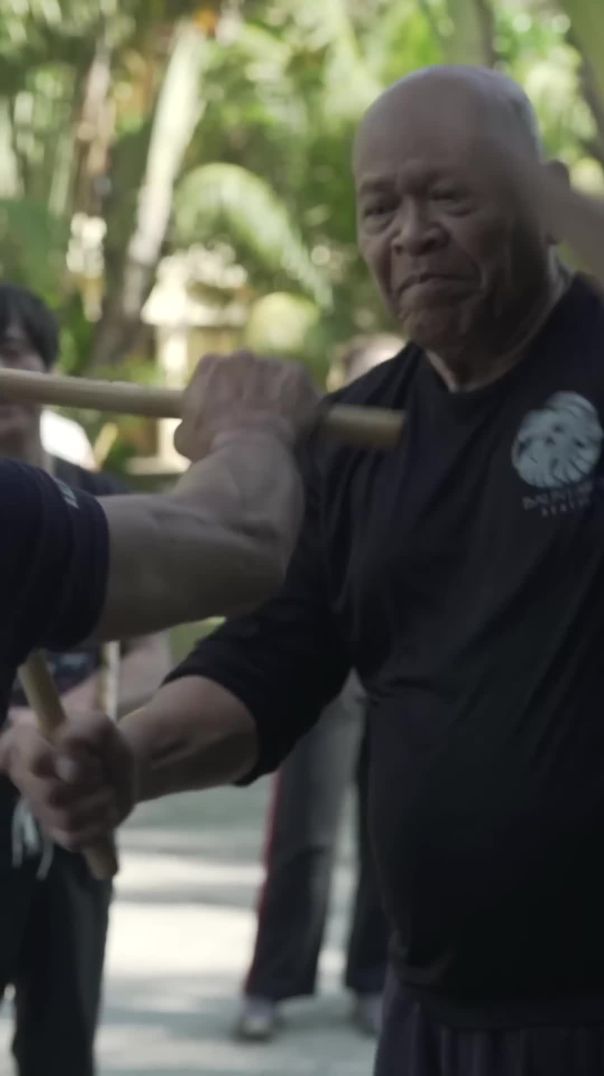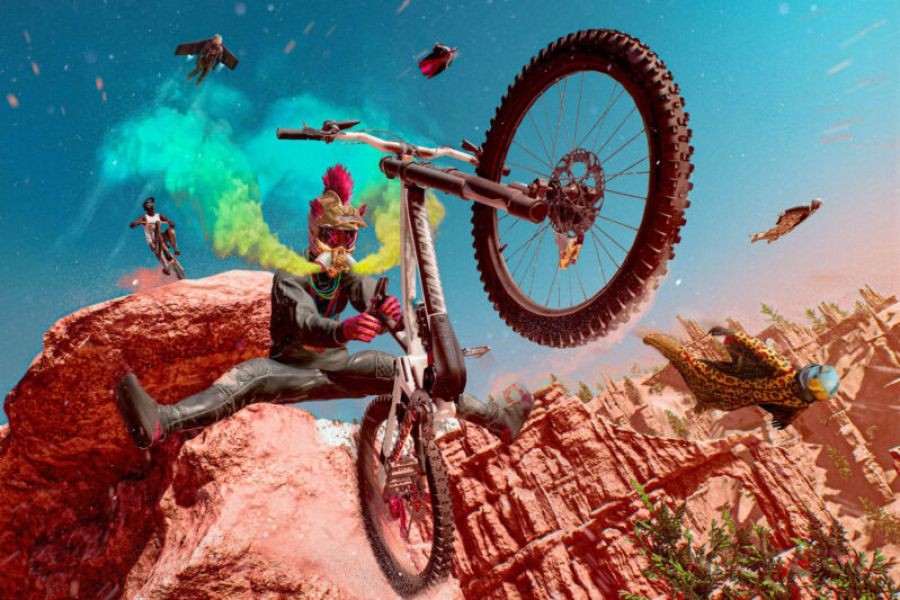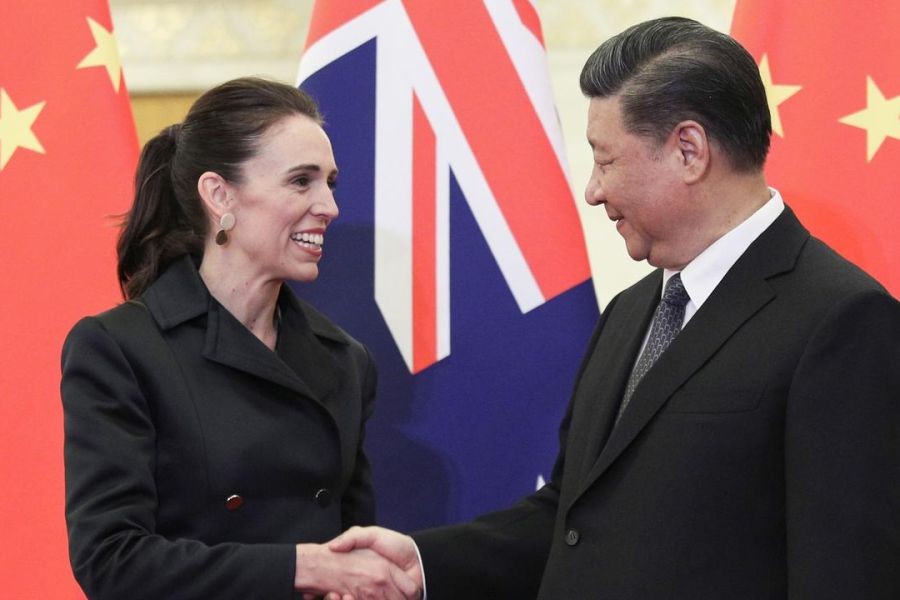Did you ever wonder why, despite the intense training, risk-taking, and dedication, professional extreme athletes in Australia earn so little? The paradox of extreme athleticism lies in the stark contrast between the adrenaline-pumping pursuits and the financial returns. While these athletes challenge the limits of human endurance and skill, their compensation remains surprisingly modest. In a country known for its sporting achievements, this issue raises significant questions about the economic and industry factors at play.
Understanding the Economic Landscape
Australia's economy, as reported by the Australian Bureau of Statistics (ABS), is characterized by a robust service sector, with sports and recreation services playing a crucial, albeit smaller, role. The financial dynamics of professional sports in Australia are complex. Unlike major sports such as cricket, AFL, and rugby, which receive substantial funding and media coverage, extreme sports often fall by the wayside. The Reserve Bank of Australia (RBA) notes that consumer spending patterns and sponsorship allocations are heavily skewed towards these mainstream sports, leaving extreme athletes struggling for financial recognition.
Media Coverage and Sponsorship Dynamics
One of the primary reasons for low earnings among extreme athletes is the limited media coverage. Unlike mainstream sports, extreme sports receive sparse attention from major broadcasters and media outlets. This lack of exposure translates to fewer sponsorship deals. In Australia, companies prefer to invest in sports that guarantee visibility and mass audience engagement, often sidelining niche sports.
For instance, in the US, the X Games gather significant media attention and sponsorship, but Australia's equivalent events do not enjoy the same level of investment. This disparity affects athletes' earning potential, as sponsorships are a primary income source for many extreme sports professionals.
Regulatory and Policy Factors
The Australian Competition & Consumer Commission (ACCC) and the Australian Prudential Regulation Authority (APRA) play pivotal roles in regulating sports sponsorship and broadcasting rights. However, the policies often favor larger, established sports, leaving extreme sports with minimal financial backing. Additionally, insurance policies for extreme sports are notably costly due to the higher risks involved, further straining the financial resources of athletes and event organizers.
Case Study: The Struggles of Australian Professional Surfers
Consider the case of Australian professional surfers. Despite Australia's rich surfing culture and international acclaim, local surfers often find themselves underpaid. According to Surfing Australia, only a small percentage of professional surfers can earn a living wage from their sport. Many rely on secondary jobs or international competitions to sustain their careers.
Problem: Australian surfers face limited sponsorship opportunities and media coverage compared to their international counterparts.
Action: Some surfers have turned to social media and personal branding to attract sponsorships and increase their visibility.
Result: While a few have managed to secure lucrative deals, the majority still struggle financially, highlighting the need for systemic changes in sponsorship allocation.
Comparative Analysis: Global vs. Australian Context
Globally, extreme sports athletes in countries like the USA and the UK enjoy higher earnings due to substantial investment in events and media coverage. The US, for example, hosts large-scale events such as the X Games, which attract global audiences and significant sponsorship deals. In contrast, Australia's extreme sports events are less frequent and less publicized, limiting athletes' financial opportunities.
Moreover, the cultural emphasis on traditional sports in Australia further exacerbates the problem. The strong focus on sports like cricket and AFL means that extreme sports receive less governmental and corporate support, impacting athletes' earnings and career longevity.
Debunking Myths: Common Misconceptions About Extreme Sports Earnings
- Myth: Extreme athletes earn substantial prize money from competitions. Reality: While prize money exists, it is often insufficient to cover the costs of training, travel, and equipment. Many athletes rely on sponsorships and secondary jobs to make ends meet.
- Myth: Media exposure is evenly distributed across all sports. Reality: Media coverage in Australia heavily favors mainstream sports, leaving extreme sports with minimal airtime and sponsorship opportunities.
- Myth: Extreme sports are equally popular worldwide. Reality: Popularity varies significantly, with countries like the US offering more robust support and infrastructure for extreme sports compared to Australia.
Future Trends and Predictions
Looking ahead, there are signs of hope for Australia's extreme sports community. With increasing global connectivity and the rise of digital media platforms, athletes have more opportunities to build personal brands and attract international sponsors. According to a report by Deloitte, the rise of social media influencers in sports is expected to grow by 20% annually, offering athletes new revenue streams.
Additionally, as Australia continues to diversify its economy, there may be increased investment in niche sports markets. The potential for collaboration between extreme sports athletes and tech companies, particularly in wearable technology and sports analytics, could open up new financial avenues.
Conclusion and Call to Action
In conclusion, while professional extreme athletes in Australia face significant financial challenges, there are opportunities for growth and change. By embracing digital platforms, advocating for policy changes, and exploring new sponsorship models, athletes can improve their financial standing. It's crucial for stakeholders, including sponsors, media, and policymakers, to recognize the value of extreme sports and invest in their development.
What strategies do you think could help improve the earnings of Australia's extreme athletes? Share your thoughts and join the conversation!
People Also Ask (FAQ)
- How does media coverage impact extreme sports earnings in Australia? Limited media coverage reduces sponsorship opportunities, which are a primary income source for athletes.
- What are the biggest misconceptions about extreme sports earnings? Many believe athletes earn significant prize money, but sponsorships and secondary jobs often sustain them.
- What strategies can extreme athletes use to increase their earnings? Building personal brands through social media and exploring non-traditional sponsorships can improve financial prospects.
Related Search Queries
- Why do extreme athletes earn less in Australia?
- Extreme sports sponsorship in Australia
- Challenges faced by Australian extreme athletes
- Media coverage of extreme sports in Australia
- Future of extreme sports in Australia
- Economic factors affecting sports in Australia
- Australian sports sponsorship trends
- Income sources for extreme athletes
- Case studies on extreme sports earnings
- Comparative analysis of global extreme sports


































Aevior
6 months ago